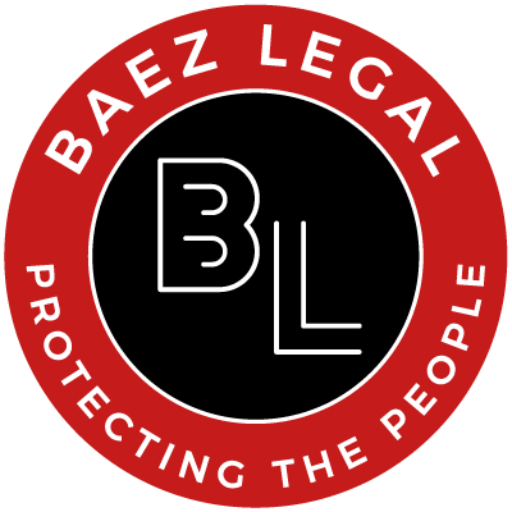New York’s laws on personal injury are pretty intricate, outlining the legal options available to those injured due to someone else’s negligence or wrongful actions. Understanding these laws is paramount for individuals dealing with the aftermath of an injury. This blog aims to offer invaluable insights into New York’s personal injury laws, offering residents essential information about their legal rights, potential compensation, and the necessary steps to pursue justice after an injury.
Types of Personal Injury Claims in New York
Here’s an overview of different types of personal injury claims in New York:
Motor Vehicle Accidents: Car, truck, motorcycle, and pedestrian accidents often result in severe injuries. New York’s no-fault insurance system typically covers medical expenses and lost wages for minor injuries. Still, individuals with serious injuries or meeting specific criteria can pursue claims beyond no-fault benefits.
Slip and Fall Accidents: Property owners must maintain safe premises. If you have been injured in a slip and fall accident on another person’s property, such as a store or pavement, you might be eligible to file for just compensation if the accident occurred due to negligence, like not addressing potential hazards.
Construction Accidents: Construction sites pose inherent risks. Injuries sustained by workers due to unsafe conditions, inadequate training, or defective equipment may warrant legal action against liable parties, including employers or site managers.
Defective Products: Injuries caused by defective products, including malfunctioning machinery, faulty consumer goods, or pharmaceuticals with undisclosed risks, could entitle victims to compensation from manufacturers, distributors, or retailers.
Medical Malpractice: Errors or negligence by healthcare professionals leading to injuries or worsened medical conditions fall under medical malpractice. Cases involving misdiagnosis, surgical errors, medication mistakes, or birth injuries can be complex but may result in compensation for victims.
Work Injuries: Workers injured on the job have a right to workers’ compensation benefits in New York. However, in some cases where third-party or employers’ negligence causes severe injuries, additional compensation beyond workers’ comp may be pursued.
Wrongful Death: If a person dies due to the carelessness, recklessness, or intentional misconduct of another party, their surviving family members can opt to file a wrongful death claim. This claim aims to get compensation for emotional and financial damages caused by the death of a loved one.
Understanding the legal intricacies of each type of personal injury claim is vital for pursuing compensation. Consulting a seasoned personal injury attorney, like Baez Legal in New York, can provide invaluable guidance and representation for individuals seeking justice and rightful compensation after sustaining injuries in these various scenarios.

Role of Comparative Negligence in New York Personal Injury Cases
Comparative negligence is a legal principle applied in personal injury claims in New York cases to find the degree of fault between the parties involved. This principle is crucial in determining compensation for the injured party, which follows a pure comparative negligence system.
Critical aspects of comparative negligence in personal injury cases are as follows:
Allocation of Fault: Comparative negligence assesses the degree of fault among all parties involved in an incident. It considers each party’s contribution to the accident or injury, assigning a percentage of fault to each party.
Effect on Compensation: In New York’s pure comparative negligence system, even if an injured individual bears a percentage of fault, they can still pursue compensation. However, the compensation amount is reduced by the percentage of their fault. For instance, if someone is found 20% at fault, their compensation is reduced by 20%.
Impact on Settlements and Trials: Comparative negligence influences both out-of-court settlements and court trials. During negotiations, the degree of fault assigned to each party affects the settlement amount. If a case goes to trial, the jury determines each party’s fault percentage based on the evidence presented.
Determining Fairness: The comparative negligence principle ensures fairness in assigning liability. It recognizes that multiple parties may contribute to an accident, and each party should bear responsibility in proportion to their level of fault.
Burden of Proof: Proving comparative negligence requires presenting evidence to establish the varying degrees of fault among the parties involved. This evidence might include witness testimonies, expert opinions, accident reconstruction reports, and other documentation.
Complexity in Determination: Assessing comparative negligence can be complex, as it involves subjective evaluations and interpretations. Determining each party’s level of responsibility often requires legal expertise and a comprehensive assessment of the incident’s circumstances.
Understanding the role of comparative negligence is vital in personal injury claims in New York cases. It allows courts to allocate fault fairly and ensures that individuals partially at fault can still seek compensation for their injuries.
Statute of Limitations in New York
New York imposes strict time limits, known as the statute of limitations, within which individuals must file a lawsuit for personal injury cases. This is three years from the date of the accident. You must forfeit your right to seek compensation if you do not file a claim within this window.
Schedule a Consultation with Baez Legal in New York
Understanding New York’s personal injury laws is crucial for residents seeking justice after an injury. Knowing the specifics of various cases and adhering to legal limitations is essential.
Skilled legal guidance is essential when dealing with New York’s complex personal injury claims in New York. Baez Legal, a specialized firm in personal injury cases, offers experienced attorneys who excel in interpreting the intricacies of New York’s legal framework. They vigorously defend the rights of the injured and improve your likelihood of getting your just compensation. Reach out to us today.
